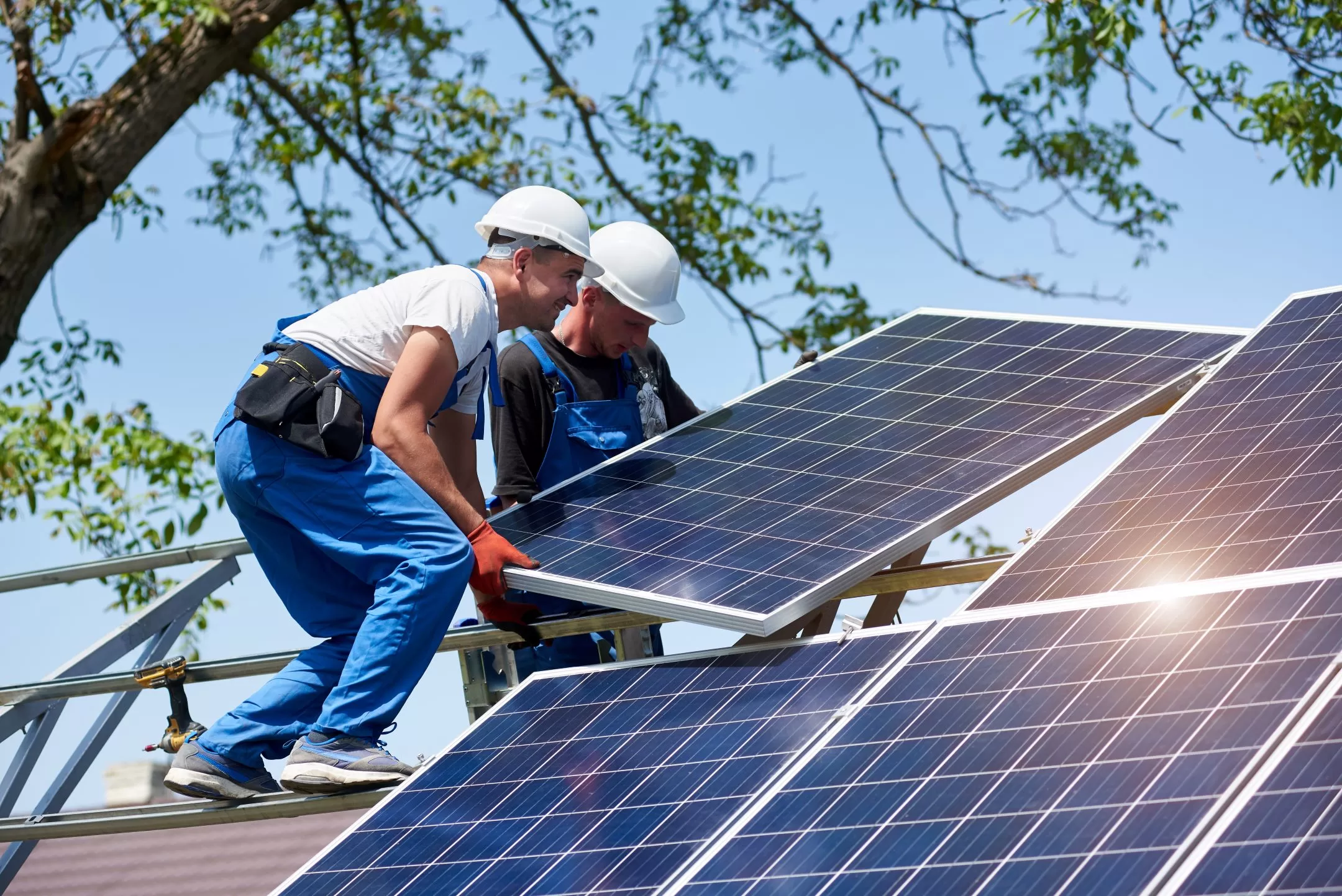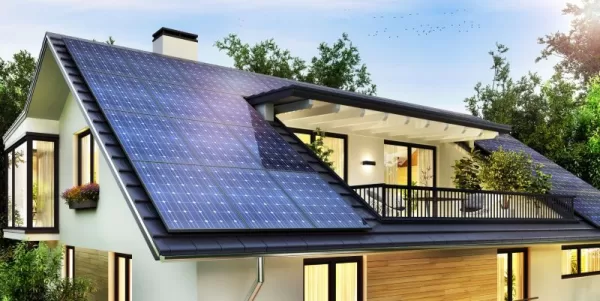Building a new home is exciting, but making all the right choices can be overwhelming. One decision many homeowners overlook when installing solar panels is selecting the best solar screens. But here’s the thing: these screens can make a huge difference in your home’s comfort, energy efficiency, and overall style.
With so many options available, it’s easy to feel unsure about where to start. Should you use lighter screens for natural light or heavier ones for maximum heat protection? How do you know which materials will last?
This article will help you answer these questions. You’ll learn everything you need to choose solar screens that fit your needs and enhance your new build. Read on for the details!
Understand the Purpose of Solar Screens
Before starting the selection process, it’s crucial to understand the purpose of solar screens. This knowledge will help you choose the right solar screens for your needs.
Solar screens are a practical addition to any home. They help you manage heat, block harmful ultraviolet rays, and improve privacy. They can also lower indoor temperatures, which reduces the need for constant air conditioning. This, in turn, helps you save on energy costs.
Assess the Sunlight Exposure in Your Home
The amount of sunlight your home receives can influence the type of solar screens you need. Homes with large, south-facing windows or those in sunny areas typically need screens that offer higher heat and UV protection. In contrast, homes in less sunny regions might require less shading.
When conducting this assessment, note the windows that receive the most sunlight throughout the day. Once you identify them, consider using solar screens with a tighter weave on these windows to help prevent heat and UV rays. On the other hand, for shaded or less sunny windows, lighter screens with a looser weave can balance energy savings with clear visibility.
Research and Choose the Right Fabric and Openness Factor
Fabric and openness are key elements that affect solar screen performance. Most solar screens are made from durable materials like polyester or fiberglass, often coated with polyvinyl chloride (PVC) to withstand weather and wear.
The openness factor measures how tightly the screen is woven, which impacts sunlight and airflow. Screens with a lower openness factor, ranging from 1–5%, block more heat and harmful UV rays but limit visibility and airflow. On the other hand, screens with a higher openness factor, typically 10–14%, allow more light and visibility but provide less shading and UV protection.
Finding the right balance between these factors will depend on your needs. When making your choice, consider how you prioritize blocking heat, maintaining a view, or letting in more natural light.
Consider Color Options
Selecting the right color is essential as each offers distinct benefits. For example, colors like black or charcoal are excellent for absorbing heat and reducing glare. These screens also improve visibility to the outside and provide more privacy during the day, making them a practical choice for sunny areas.
Lighter colors, such as white or beige, work well to reflect sunlight and enhance energy efficiency. While these colors are effective in reducing heat, they may not provide the same level of glare reduction or outdoor visibility as darker screens.
To make the best choice, think about how the screen’s color will fit your home’s design and meet your specific needs. Balancing aesthetics with functionality will enhance style and comfort in your living space.
Opt for Custom or Standard Sizes
When choosing solar screens, you’ll need to decide between standard sizes or custom-made options. Standard sizes are more affordable and are ideal for windows with standard dimensions. They’re a great choice if you’re looking to save on costs while still improving your home’s energy efficiency.
Custom screens, however, offer a tailored fit that ensures full coverage, especially for unique or oversized windows. These screens eliminate gaps, providing better heat and UV protection.
If you go with custom screens, make sure your window measurements are accurate. Working with a professional installer or manufacturer can help ensure the screens fit perfectly and deliver the best performance for your home.
Look for Professional Installation Services
Although installing solar screens yourself might seem cost-effective, professional installation is often a wiser choice, especially for new builds. Specialists bring expertise to ensure the screens fit securely and perform at their best. They can also help you choose the most suitable options based on your home’s design and the local climate.
In addition, a proper installation will boost the screens’ effectiveness in reducing heat and UV exposure and enhance their appearance. When installed professionally, the screens are more likely to complement your home’s overall aesthetic, providing functionality and style.
Balance Energy Efficiency and Aesthetics
Solar screens are functional and can help enhance your home’s overall appearance. Selecting screens that match your home’s architectural style and complement its color palette can improve your home’s curb appeal. When the design aligns with your home’s exterior, the screens will look like a natural part of the structure rather than an add-on.
While aesthetics is essential, energy efficiency should still be a priority. The right solar screens can reduce heat and glare while maintaining your home’s visual appeal. Finding the right balance will ensure your screens deliver functional benefits and attractive looks.
Conclusion
Solar screens are a valuable addition to any new build, offering energy savings, UV protection, and enhanced comfort. Considering factors like material quality, openness factor, and color will allow you to find the perfect fit for your home. Remember, investing in high-quality screens ensures long-term benefits and peace of mind. With the right solar screens, you’ll enjoy a cooler, more energy-efficient, and stylish home for years.


